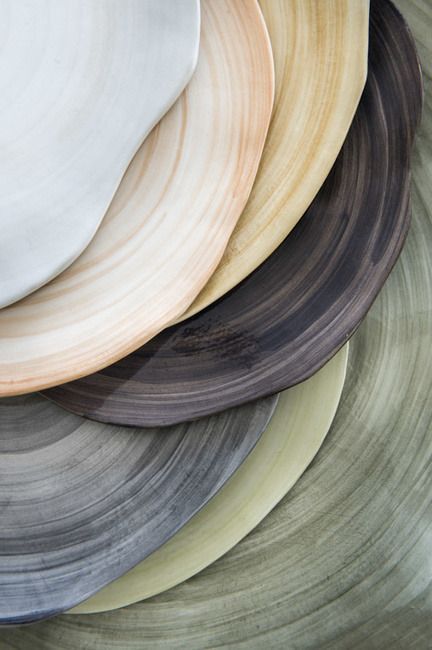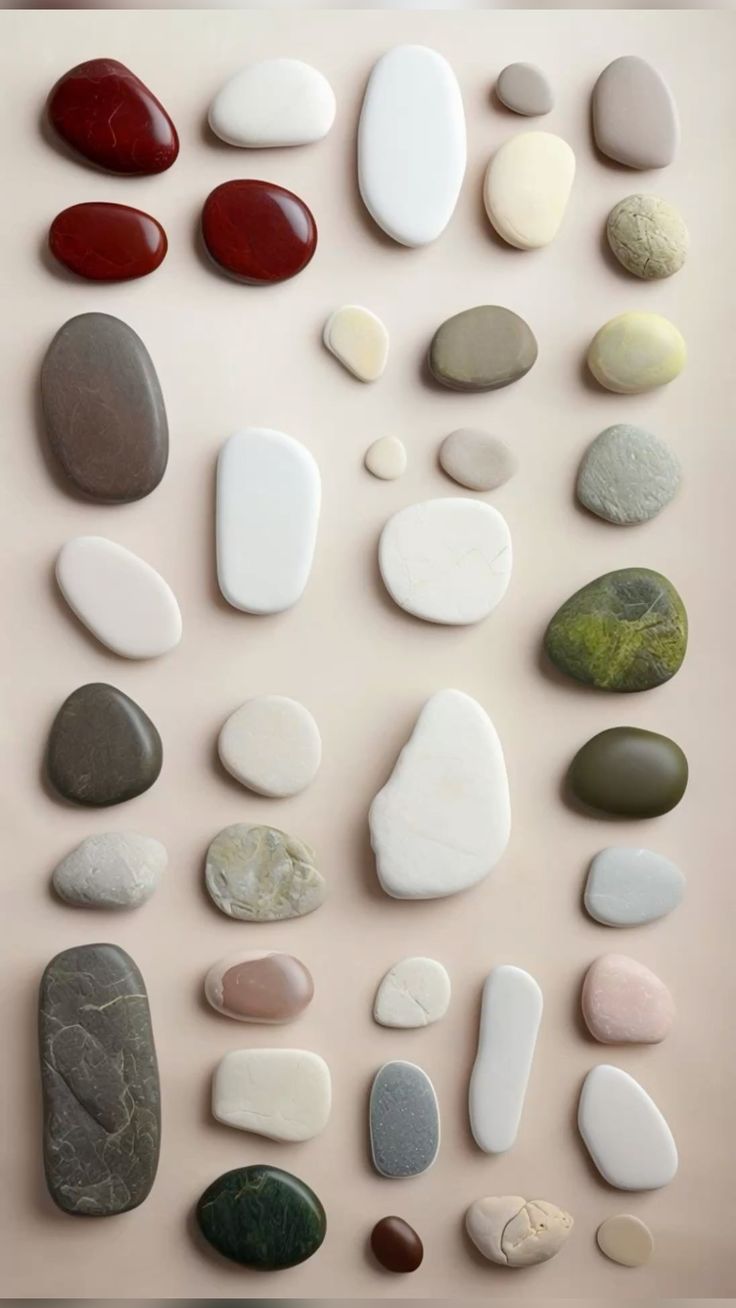Article: CIRCULAR BEAUTY JOURNAL 7: The Myth of Recycling

CIRCULAR BEAUTY JOURNAL 7: The Myth of Recycling
When I had that awakening in my bathroom, surrounded by plastic bottles, I wondered, "Where does all this go?" Even though I had worked in the beauty industry, I hadn't really thought about where the products I promoted ended up.. We were too busy meeting financial targets and coming up with more new product ideas.
Surely, I thought, they're getting recycled?
What I learned pained me--so much that I started a business addressing beauty waste.
Sorry, recycling is not the solution.
Absolutely, it's an important practice that we must continue. But it cannot support our consumption rate. What I learned is this. Recycling is a system created to address a flawed system of over-production/consumption and disposable design.
Modern recycling as we know it did not exist before the 1970's! Why? Because they didn't need it!
Fast forward to this decade, 120 billion units of packaging are produced by the global beauty industry. It is reported by the British Beauty Council that only 9% gets recycled. The rest is incinerated, exported to poorer nations, or left in landfills and our oceans, where it leaches microplastics into soil and water.
The cost is real - it's just that we don't really feel it.
Who then is bearing the price of our convenience?
While plastic pollution is global, its consequences concentrate along coastlines, particularly in regions of Asia, Africa, and Latin America, where waste infrastructure is underfunded or outsourced. Waste workers — often women and children — are exposed daily to toxic residues and sharp debris for minimal pay.
Over 11 million tonnes of plastic enter the ocean each year. Sea turtles mistake bags for jellyfish; seabirds starve with bellies full of bottle caps. Coral reefs, vital for planetary oxygen and biodiversity, are smothered by plastic film and microfibers. Every ecosystem that touches the ocean now carries traces of synthetic polymers.
Our children and their children will live with the real consequences of plastics and microplastics, which we are only beginning to understand. Plastic is not biodegradable. It merely breaks down into smaller and smaller fragments. The microplastics circulating today will persist for hundreds of years, in the soil, air, and our bodies.
The plastic crisis is an ecological and ethical issue.
What can we do?
It is confronting, and the enormity of the crisis can feel defeating.
Fear not, as beauty consumers, there is a lot we can do.
- Declutter Your Drawer with Me (#DYDM). Check what you own already.
- Take your beauty empties to Terracycle bins. Mecca, David Jones and Sephora offer them (Priceline has stopped offering this service). Terracycle have figured out how to recycle even the difficult-to-recycle components. Question the beauty ideal set by the industry. Subscribe to rituals that make you feel strong and beautiful - not insecure and less worthy.
- Donate new products you no longer want to organisations like Pinchapoo.
- Consider packaging material and size when making a purchase. Glass, aluminium, refills, and compostable alternatives.
-
Do look out for innovation that addresses the global plastic crisis. Support brands that are making a genuine effort towards circular design and circular economy.
_____________
Find last week's Circular Beauty Journal: Starting A Solid Skincare Brand here.


